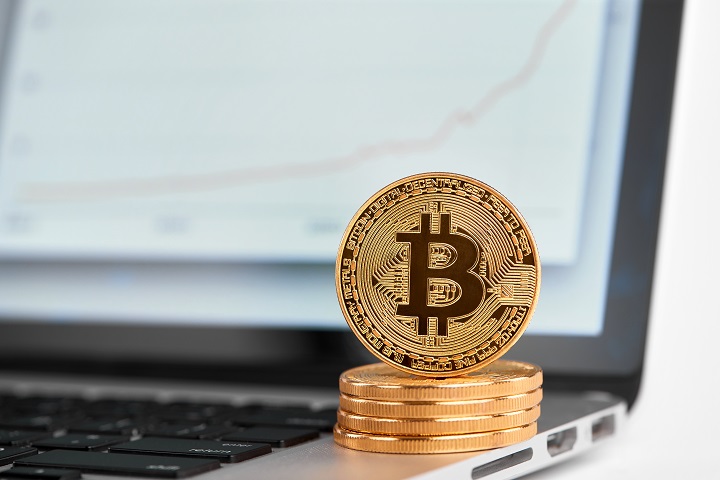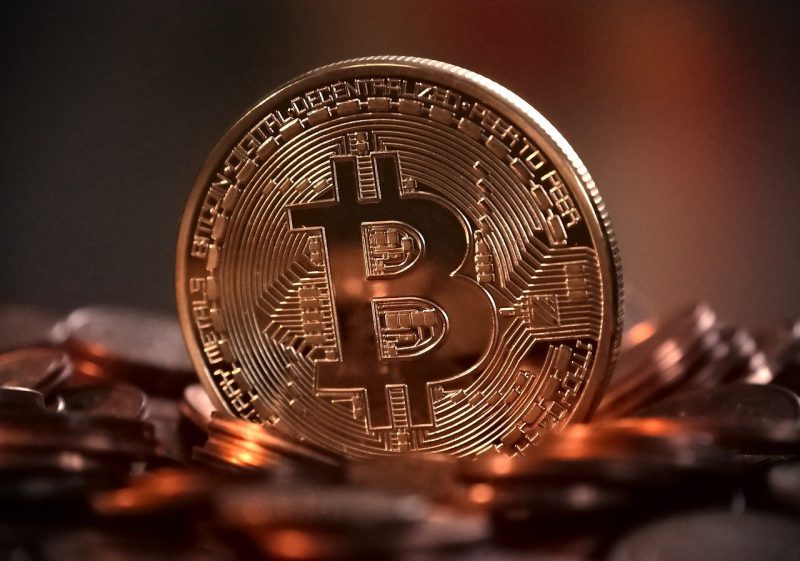According to Weiss Ratings analyst Juan Villaverde, bond market volatility is an important factor that plays into central bank decisions. While most people link liquidity with central bank actions, bond market volatility is often overlooked. Villaverde mentioned that bond volatility is on the rise, and it could have an impact on Bitcoin (BTC) and the larger crypto market.
Villaverde noted that liquidity is not just for central banks. Commercial banks and other financial institutions also take part, mostly for profit. These institutions place an emphasis on high-quality collateral, such as U.S. government debt or Treasury securities. This is because the return on their investments has taken top priority, especially after the 2008 financial crisis.
Also Read: Robert F. Kennedy Jr Calls Bitcoin an ‘Excercise’ of Freedom
Bond volatility’s importance became clear when the Treasury market went down. Due to its significant volatility, lenders were reluctant to accept depreciated Treasury bills as security. Moreover, the liquidity crisis of last year was significantly influenced by this hesitation.
The volatility index identified the peak periods of volatility as October 2022 and March 2023. Treasury Secretary Janet Yellen and Federal Reserve Chair Jerome Powell intervened during these peaks in an effort to calm the markets. This led to the printing of more money to cool the system.
How is Bitcoin affected by bond volatility?


With bond volatility on the rise, Villaverde anticipated that Bitcoin (BTC) and other crypto assets would remain “pivotal” for investors. Villaverde noted that “the crypto market has been too quiet for too long. So, it’s not all that surprising to see this latest correction.”
A market rally, according to the analyst, has been long overdue. Additionally, the latest slump, “might be the final blowoff in selling pressure needed so that prices can rise from here.”
Also Read: How can Wrapped Bitcoin be Used?
Furthermore, a number of bullish catalysts are anticipated in the short- to mid-term, including potential money printing and decisions regarding spot ETFs that may be made as early as this year. The analyst noted that “Now is certainly not the time to panic.”





